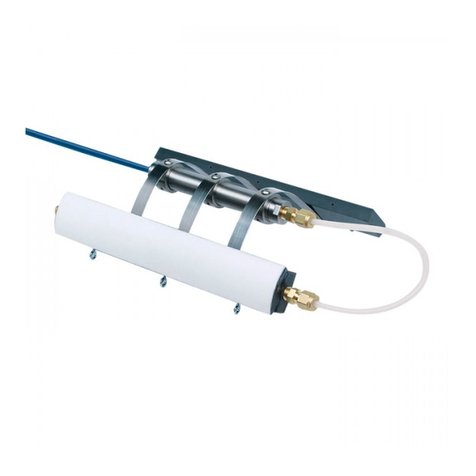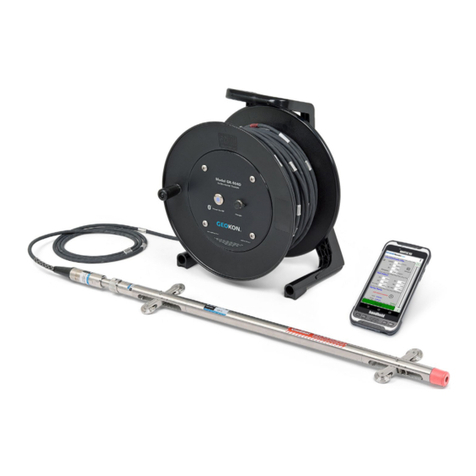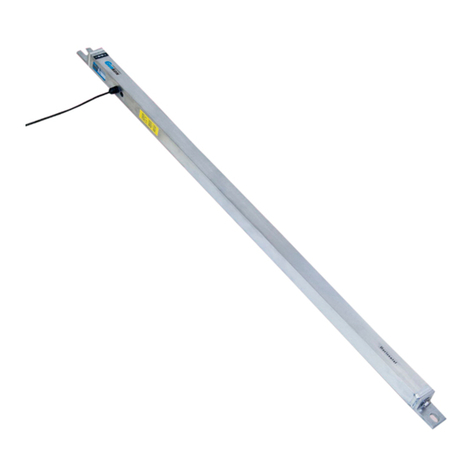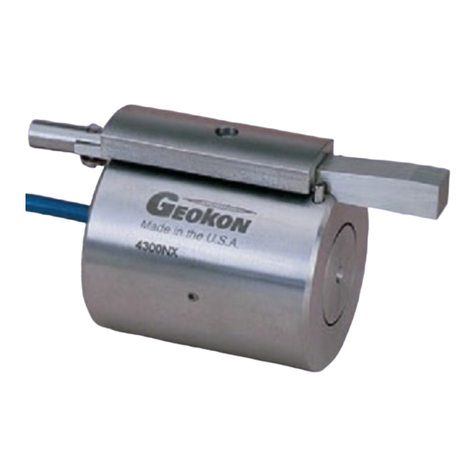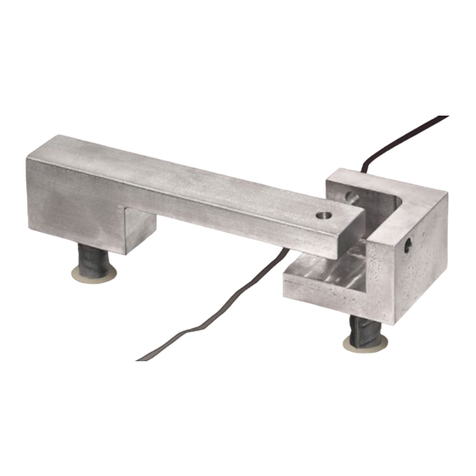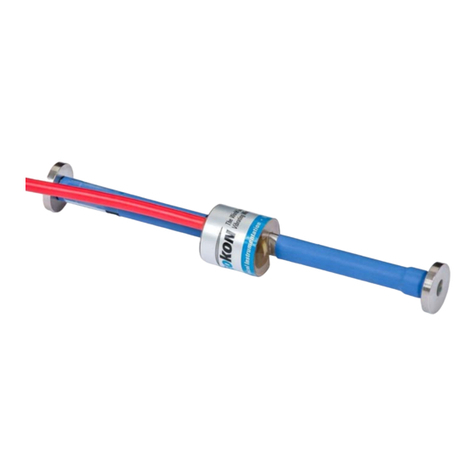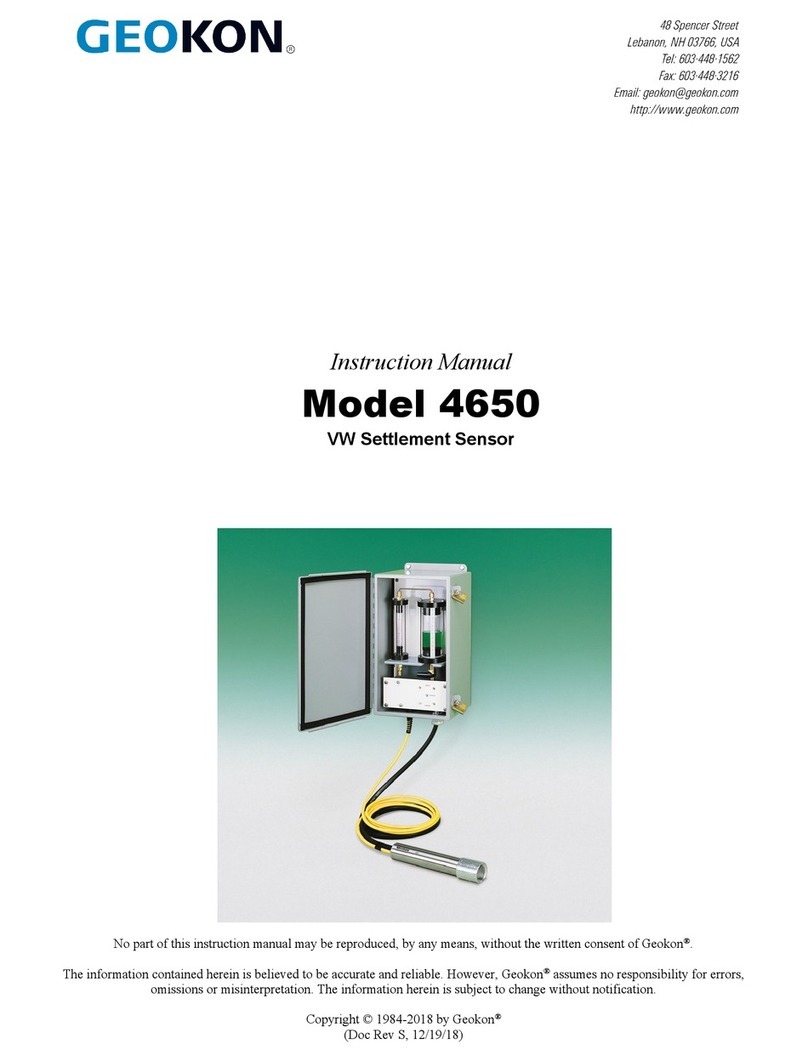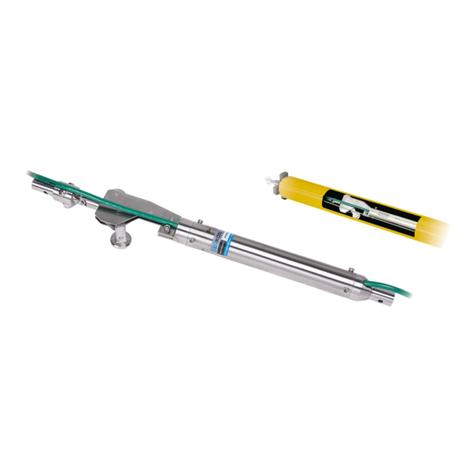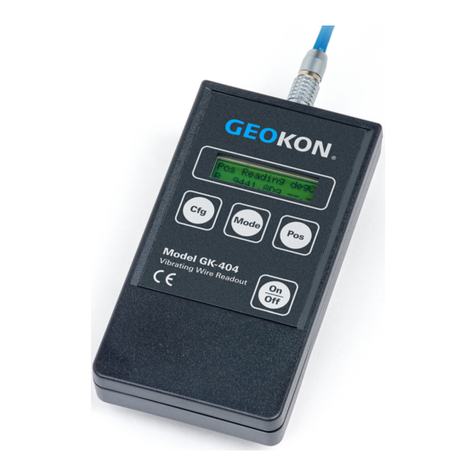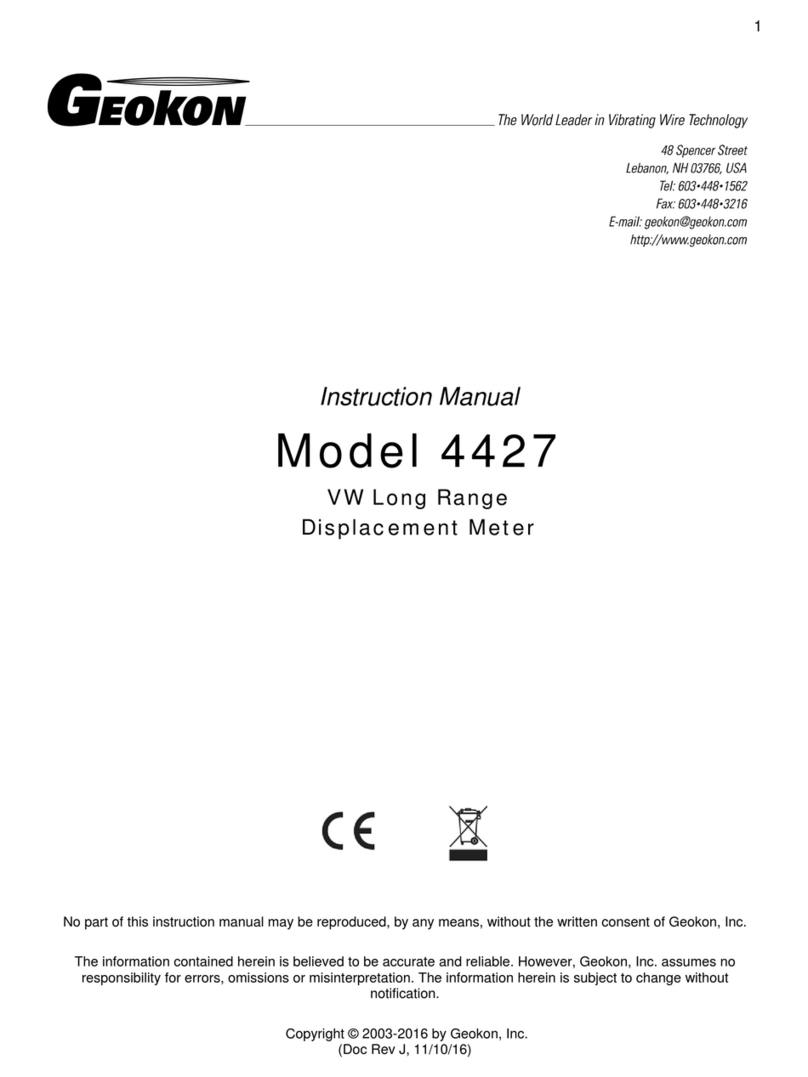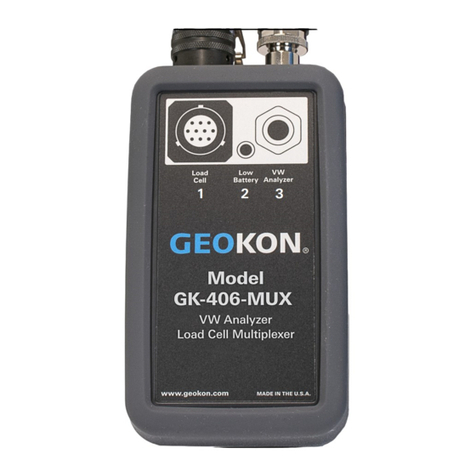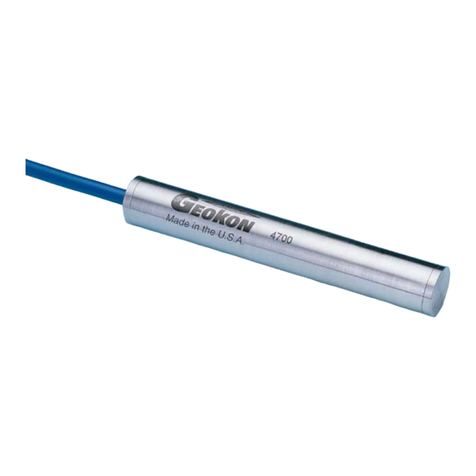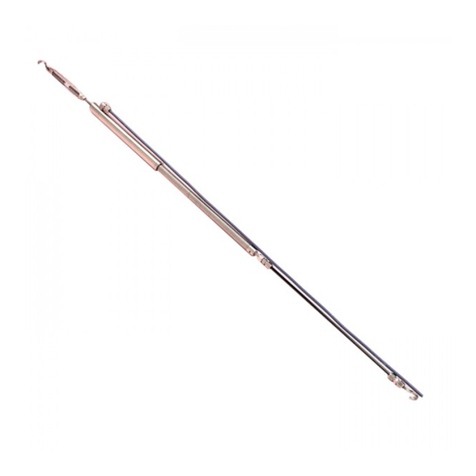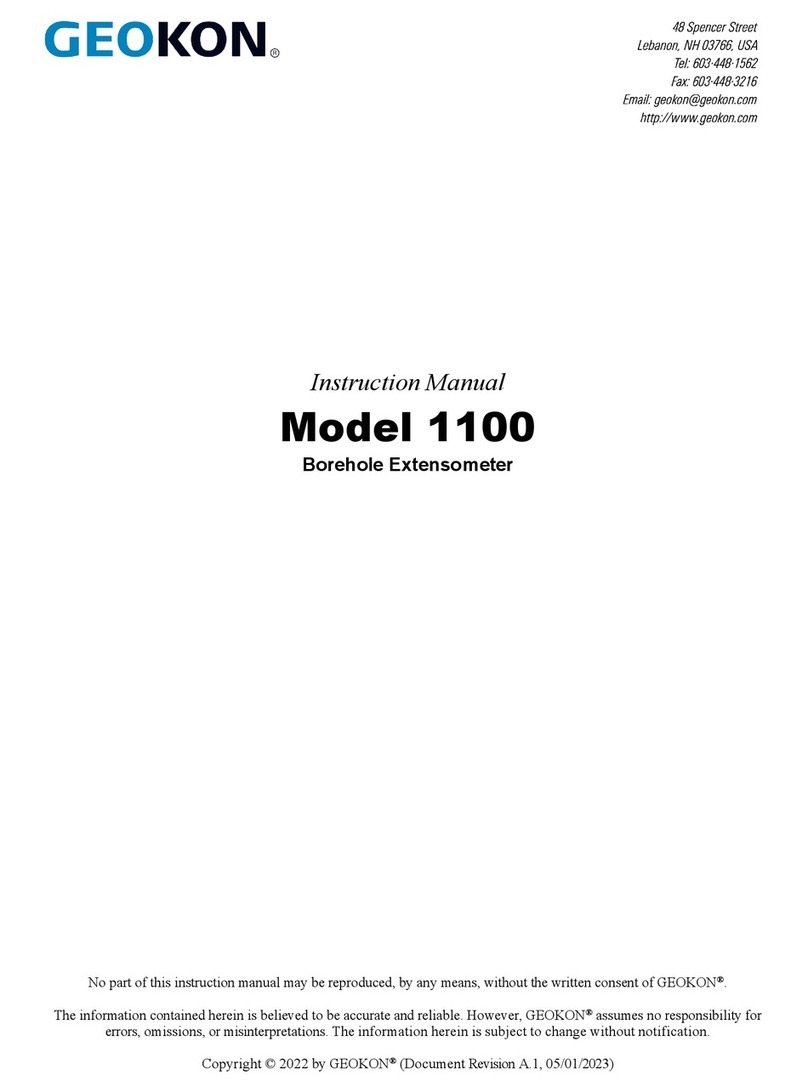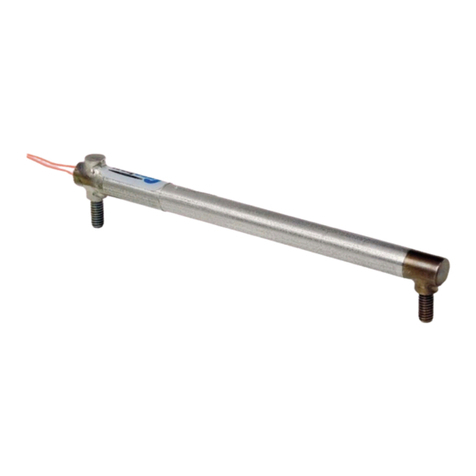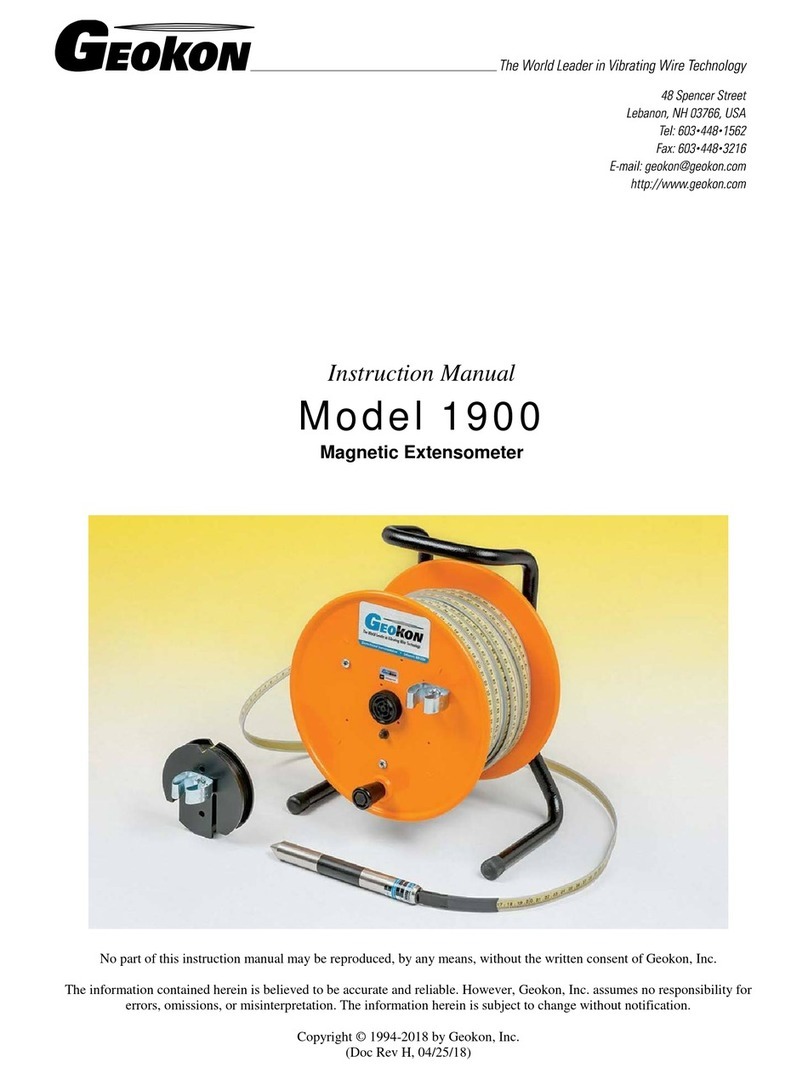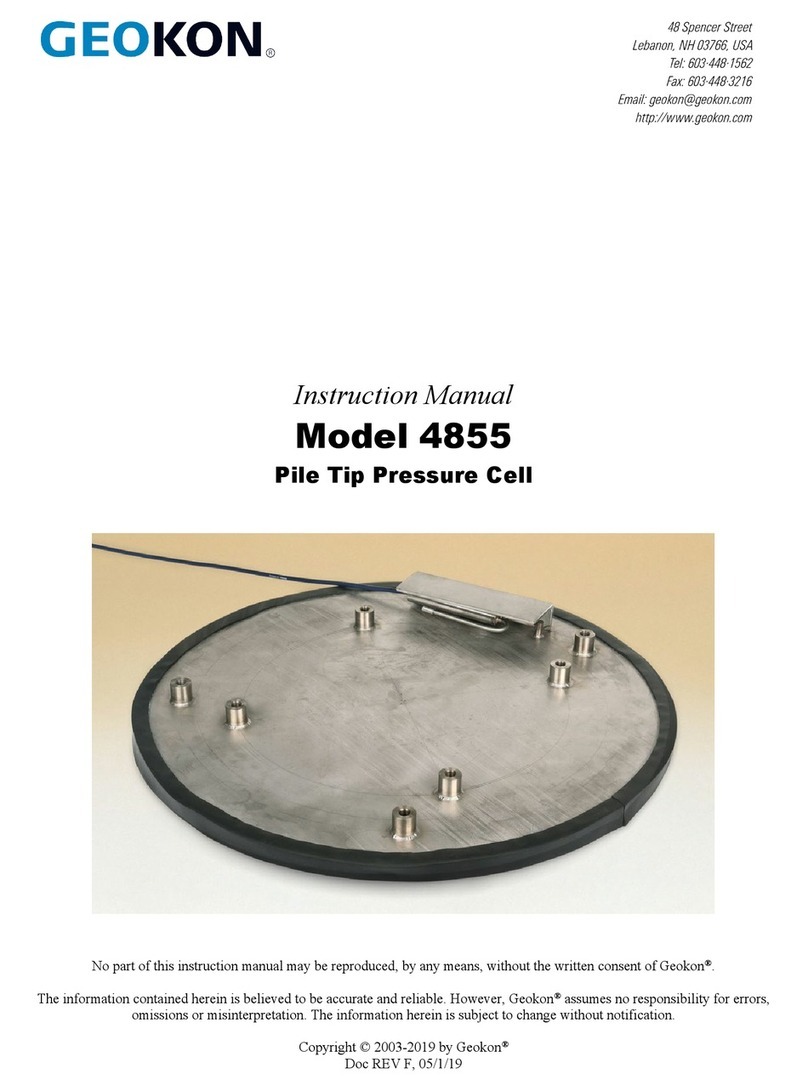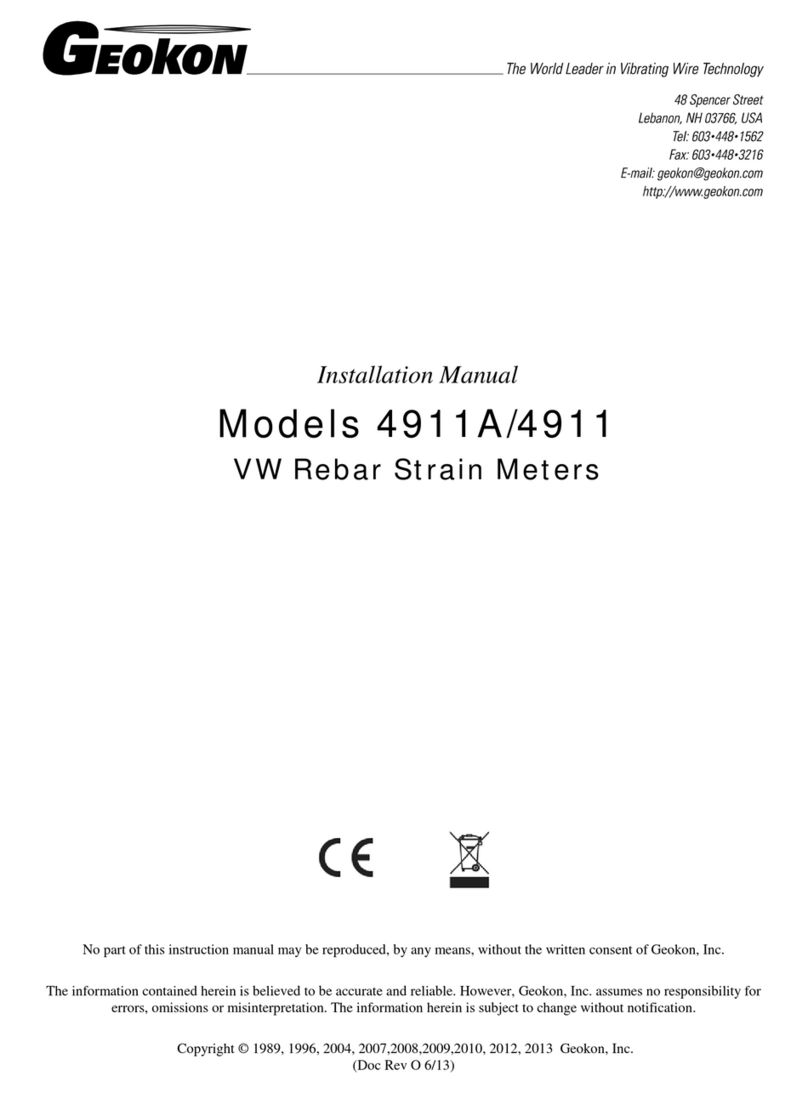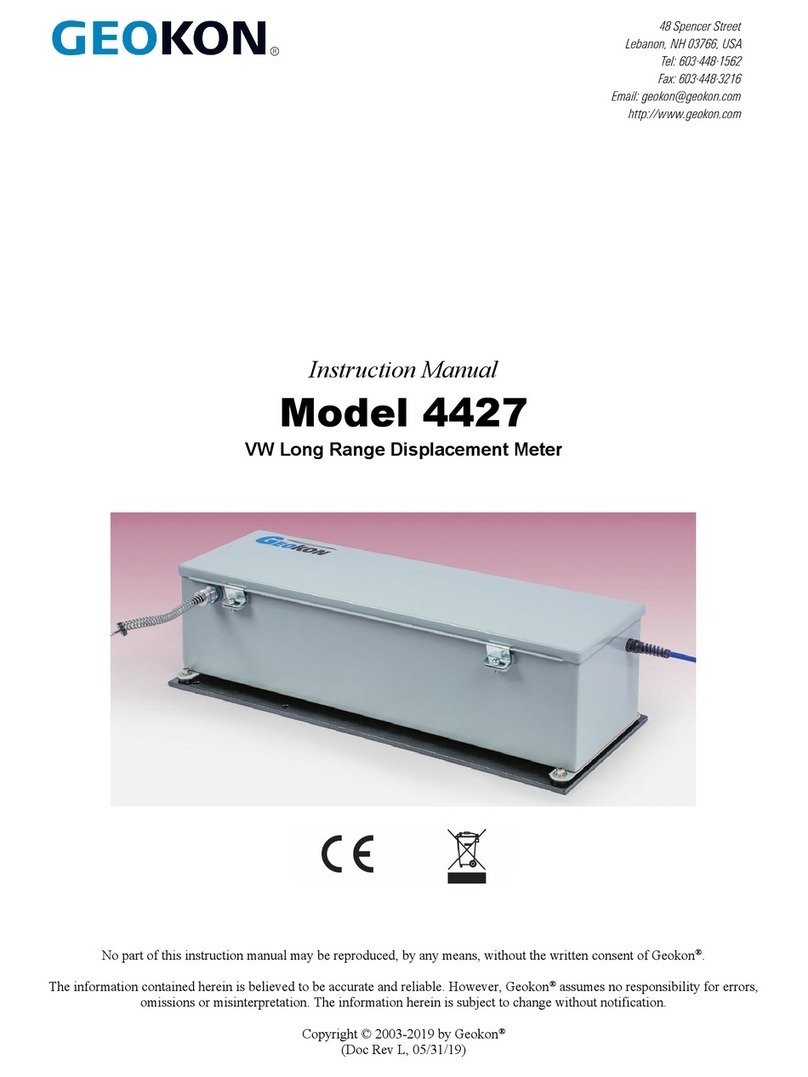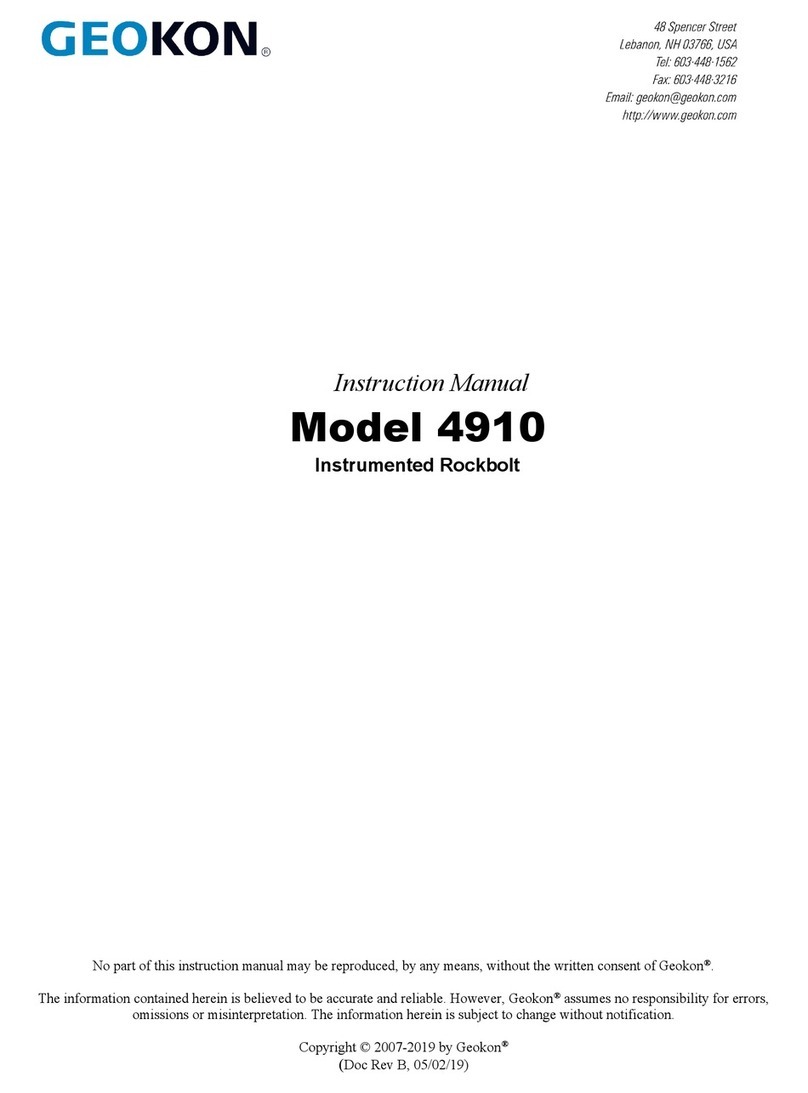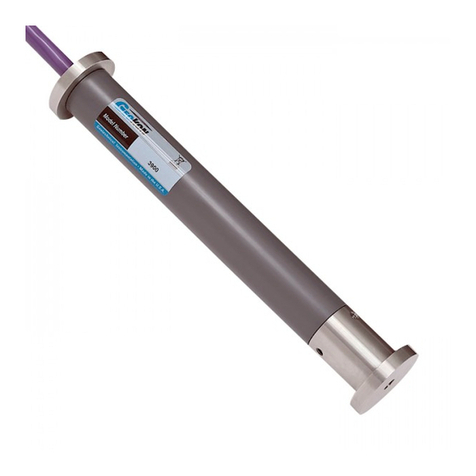
TABLE of CONTENTS
1. THEORY OF OPERATION..................................................................................................................................1
2. PRELIMINARY TESTS.........................................................................................................................................2
3. SATURATING FILTER TIPS...............................................................................................................................3
3.1 SATURATING LOW AIR ENTRY (STANDARD)FILTERS ..........................................................................................3
3.2 SATURATING HIGH AIR ENTRY CERAMIC FILTERS...............................................................................................3
3.2.1 One Bar Filters.............................................................................................................................................3
3.2.2 Two Bar and Higher Filters .........................................................................................................................4
3.3 MODEL 3400DP ...................................................................................................................................................4
4. INSTALLATION ....................................................................................................................................................5
4.1 ESTABLISHING A ZERO PRESSURE READING.........................................................................................................5
4.2 INSTALLATION IN BOREHOLES..............................................................................................................................5
4.3 INSTALLATION IN FILLS AND EMBANKMENTS ......................................................................................................7
4.4 INSTALLATION BY PUSHING OR DRIVING INTO SOFT SOILS..................................................................................9
4.5 INSTALLATION IN STANDPIPES OR WELLS ..........................................................................................................10
4.6 MODEL 3400H TRANSDUCER .............................................................................................................................11
4.7 SPLICING AND JUNCTION BOXES ........................................................................................................................11
4.8 ELECTRICAL NOISE.............................................................................................................................................12
4.9 FREEZING PROTECTION ......................................................................................................................................12
4.10 LIGHTNING PROTECTION ..................................................................................................................................12
5. READOUT PROCEDURES.................................................................................................................................14
5.1 INITIAL READINGS..............................................................................................................................................14
5.2 INPUT VOLTAGE .................................................................................................................................................14
5.3 CONVERTING TO PRESSURES ..............................................................................................................................14
5.4 MEASURING TEMPERATURES .............................................................................................................................14
5.5 CALIBRATION .....................................................................................................................................................15
6. DATA REDUCTION ............................................................................................................................................18
6.1 PRESSURE CALCULATION ...................................................................................................................................18
6.2 TEMPERATURE CORRECTION..............................................................................................................................19
6.3 BAROMETRIC CORRECTIONS ..............................................................................................................................19
7. TROUBLESHOOTING........................................................................................................................................19
APPENDIX A. SPECIFICATIONS.........................................................................................................................20
A.1 3400 SERIES SPECIFICATIONS ............................................................................................................................20
A.2 THERMISTOR (SEE APPENDIX B. ALSO) .............................................................................................................21
APPENDIX B. THERMISTOR TEMPERATURE DERIVATION.....................................................................22
APPENDIX C. WIRING CHARTS.........................................................................................................................23
C.1 MILLIVOLTS PER VOLT OUTPUT ........................................................................................................................23
C.2 ZERO TO FIVE VOLT DC OUTPUT ......................................................................................................................23
C.3 FOUR TO 20 MILLIAMP OUTPUT.........................................................................................................................23
